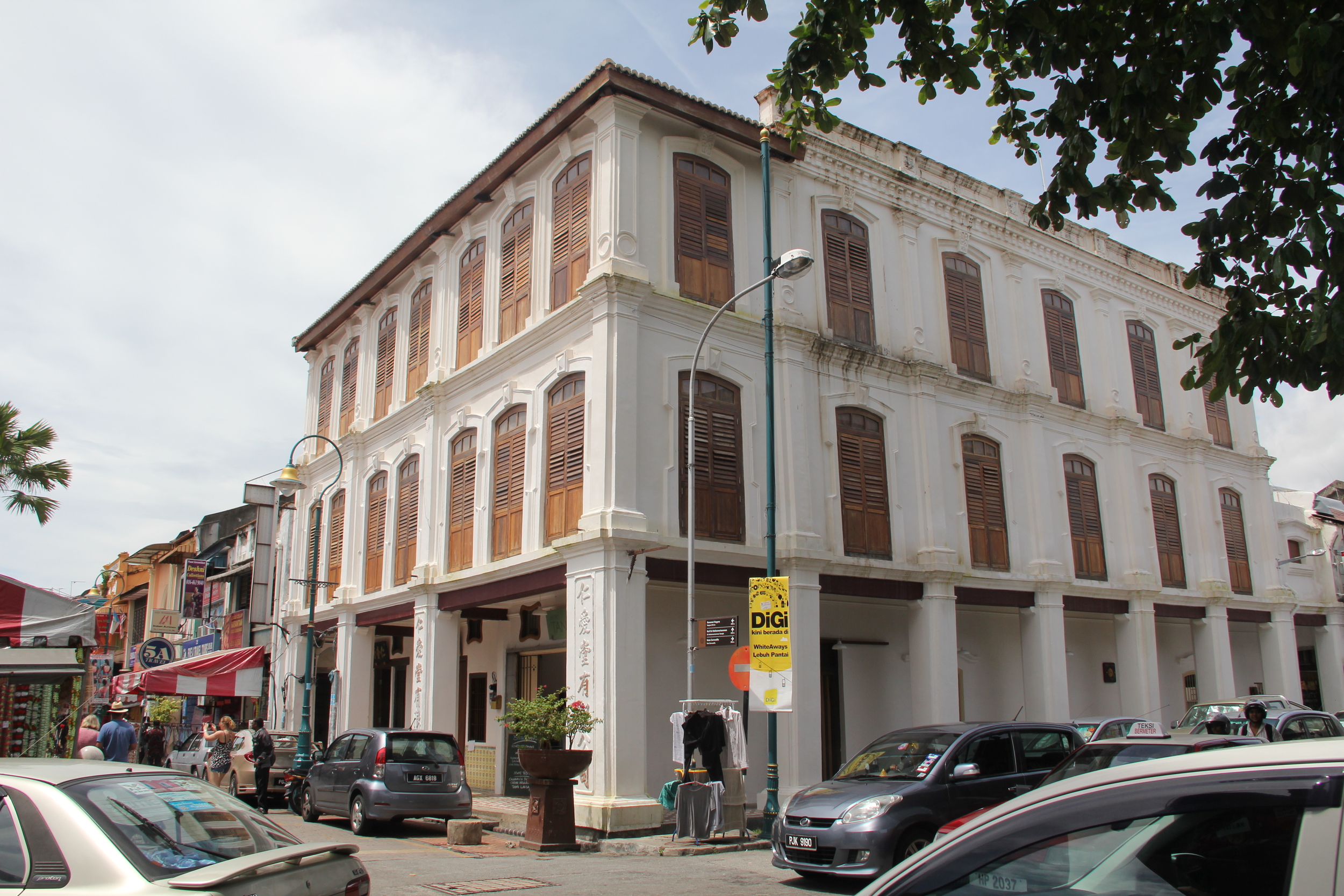Place-making is a growing global trend that can be described as both a process and a philosophy. At its core, it puts people at the centre of urban decision making. The ultimate goal is to create an authentic place that meets the needs and aspiration of the community.
Butterworth Fringe Festival, photo courtesy of Think City
‘Think City’ is a community-based urban rejuvenation organization that has pioneered place making in Malaysia since 2009 and is rapidly expanding, launching a new office in Johor Bahru in 2016. It is committed to creating sustainable and liveable cities and has partnered with a number of global agencies to help build local capacity. To help me understand more about place-making here in Malaysia, I met with Hamdan Majeed, Executive Director of ‘Think City’.
Cheong Fatt Tze Mansion, one of the first buildings to be restored in Georgetown. Photo courtesy Vanessa Pilla
In 2008, UNESCO recognized Georgetown, Penang, as an exceptional example of the country’s multi-cultural history, architecture and traditions. In recognition of the UNESCO determination, Khazanah Nasional Berhad (the investment arm of the Malaysian Government) initiated the George Town Transformation Programme (GTTP) and ‘Think City’ was born. ‘Think City’ administered RM16.3mil of Federal funding to numerous programs that encouraged public participation in the rejuvenation process. This included, seed-funding projects that build on Georgetown’s heritage and identity such as mosques, temples, clan houses and public spaces within the World Heritage Site. ‘Think City’ supported over 240 projects and its approach of building local capacity and bridging partnerships with government, landowners and the community has been key to its success in achieving positive urban outcomes.
Not surprisingly, since the UNESCO determination, there has been an increase in service-based businesses operating in Georgetown. Dilapidated properties have been lovingly restored and converted to cafés, galleries and boutique hotels. While ‘Think City’ played an important role in the initial projects, the newly opened Seven Terraces boutique hotel, restored by award-winning hoteliers Karl Steinberg and Christopher Ong, is an example of how private investment is now helping shape the future of this island state.
Twelve months ago ‘Think City’ signed a Memorandum of Understanding (MOU) with Project for Public Spaces (PPS), a world leader in place-making education. Together they hope to further place-making efforts in Malaysia and Southeast Asia. In 2014, ‘Think City’ moved beyond Georgetown and has launched a new funding program that covers projects in Butterworth (mainland Penang), Kuala Lumpur and Johor Bahru. Hamdan understands the importance of cities as Asia’s economy shifts and the region becomes urbanized. Hamdan is passionate about Malaysia and about shifting the culture of development to one that builds local capacity, and empowers communities to act and be part of the changing economy.
‘Think City’ is expanding and attracting young, enthusiastic staff who have moved back home to Malaysia after studying abroad. The working culture is energetic and infectious and a positive glimpse of the future, as Malaysia moves closer to its goal of being an industrialised country by 2020.
Lebuh Armenian located in the Heritage area of Georgetown is filled with old shophouses selling old and new treasures.









